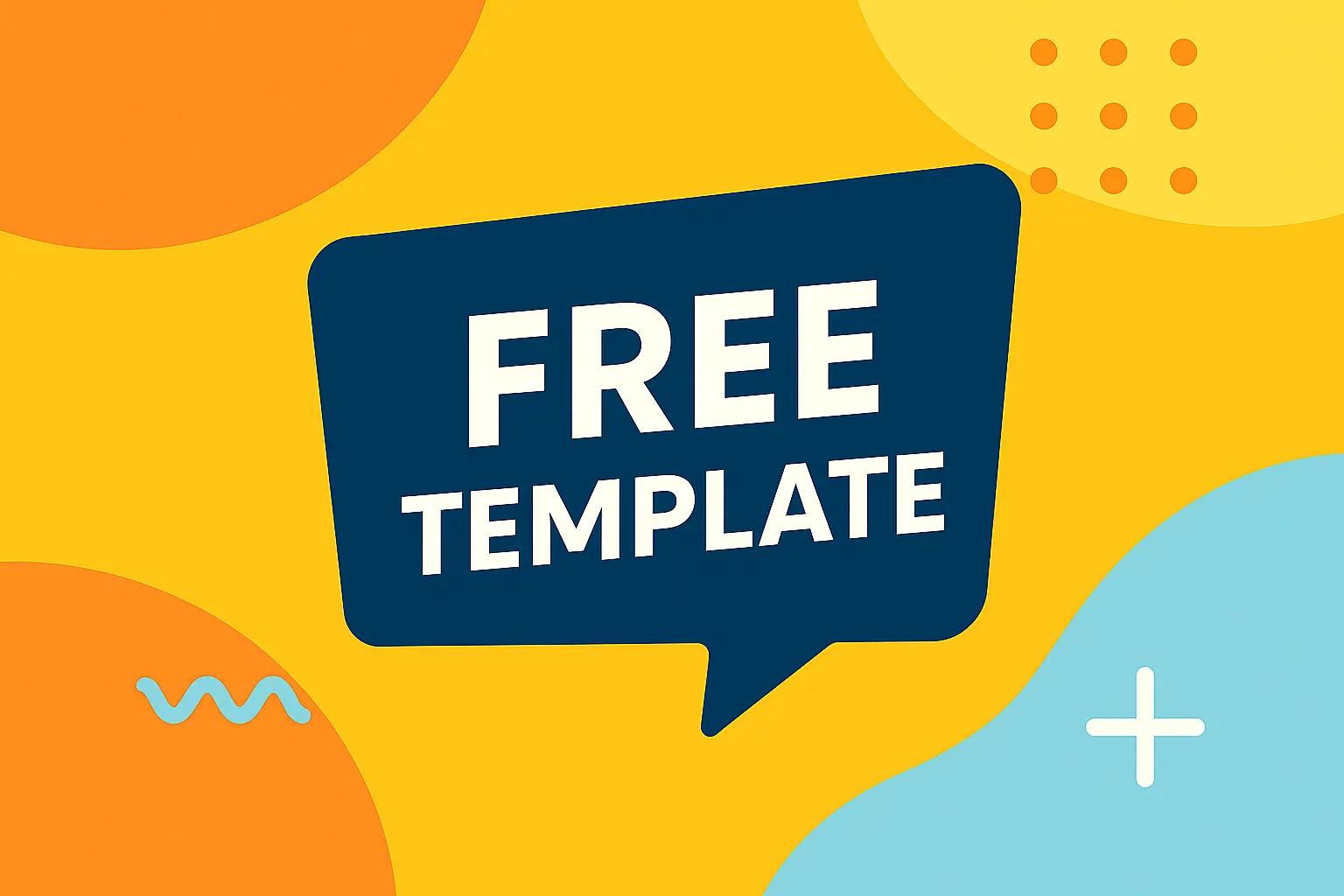Introduction
Joomla is a highly customizable content management system (CMS) that allows developersto create unique templates to define the look and feel of websites. For web developers anddesigners, understanding the basics of Joomla template development opens the door tobuilding professional, flexible, and scalable Joomla sites.
In this guide, we’ll cover the fundamental concepts, tools, and steps involved in developinga Joomla template from scratch, making it easier for beginners and intermediatedevelopers to get started.
What Is a Joomla Template?
A Joomla template is a collection of files that control the visual appearance and layout of aJoomla website. It defines how the content is displayed, including colors, typography,menus, modules, and more. Templates consist of HTML, CSS, JavaScript, and PHP filesworking together within Joomla’s framework.
Key Components of a Joomla Template
1. TemplateDetails.xml
This XML file describes the template to Joomla, listing files, parameters, and metadata. It’sessential for Joomla to recognize and install the template correctly.
2. index.php
The main PHP file that controls the template’s HTML structure and where Joomla outputscontent and modules.
3. CSS Files
These style sheets define the template’s look — colors, fonts, spacing, responsiveness, andmore.
4. JavaScript Files
Used for interactivity and dynamic behavior such as sliders, menus, and animations.
5. Images and Fonts
Assets like background images, icons, and custom fonts used in the design.
Steps to Develop a Joomla Template
Step 1: Setup Your Development Environment
● Install Joomla locally (using XAMPP, MAMP, or similar)
● Choose a code editor (VS Code, Sublime Text, PHPStorm)
● Familiarize yourself with Joomla’s file structure
Step 2: Create the Template Folder
● In Joomla’s /templates directory, create a new folder named after your template,e.g., mytemplate.
Step 3: Create TemplateDetails.xml
● Define the template’s metadata, files, and parameters in this XML file.
Example snippet:
<?xml version=”1.0″ encoding=”utf-8″?>
<extension version=”4.0″ type=”template” client=”site” method=”upgrade”>
<name>mytemplate</name>
<version>1.0.0</version>
<creationDate>2025-06-09</creationDate>
<author>Your Name</author>
<description>My first Joomla template</description>
<files>
<filename>index.php</filename>
<filename>templateDetails.xml</filename>
<filename>css/template.css</filename>
</files>
</extension>
Step 4: Build index.php
● Structure the HTML layout and add Joomla module positions and contentplaceholders.
Example:
<!DOCTYPE html>
<html lang=”en”>
<head>
<jdoc:include type=”head” />
<link rel=”stylesheet” href=”css/template.css” />
</head>
<body>
<header>
<jdoc:include type=”modules” name=”header” style=”none” />
</header>
<main>
<jdoc:include type=”component” />
</main>
<footer>
<jdoc:include type=”modules” name=”footer” style=”none” />
</footer><jdoc:include type=”modules” name=”debug” style=”none” />
</body>
</html>
Step 5: Add CSS and JavaScript
● Create the css/template.css file for styles
● Optionally add JS files for interactivity in a js/ folder
● Link these files in index.php
Step 6: Define Module Positions
● Declare module positions in templateDetails.xml and use <jdoc:includetype=”modules” name=”position” /> in index.php
● Common positions: header, sidebar, footer, mainmenu
Step 7: Install and Test the Template
● Compress the template folder into a ZIP file or place the folder directly in /templates
● In Joomla admin, go to Extensions > Templates and select your template
● Assign it as default site template and test on frontend
Best Practices for Joomla Template Development
● Follow Joomla coding standards and MVC architecture
● Use semantic HTML5 elements
● Make templates responsive and mobile-friendly
● Optimize CSS and JavaScript for performance
● Support Joomla features like overrides and template parameters
● Test cross-browser compatibility
Useful Tools and Resources
● Joomla Documentation: Official guide on template creation
● SP Page Builder: To visually prototype template layouts
● Bootstrap: Popular framework used in Joomla templates
● Browser Developer Tools: For debugging CSS and HTML
● Git: Version control for your template projects
Conclusion
Building Joomla templates from scratch requires a solid grasp of Joomla’s structure, PHP,HTML, and CSS. With this basic guide, you can start developing custom Joomla templatesthat provide a unique look and functionality for your clients or personal projects.
The possibilities with Joomla templates are vast — master the basics, experiment, and keeplearning!
Ready to develop your own Joomla template? Start by setting up your environmenttoday or reach out to our Joomla development team for expert guidance and customtemplate solutions!

